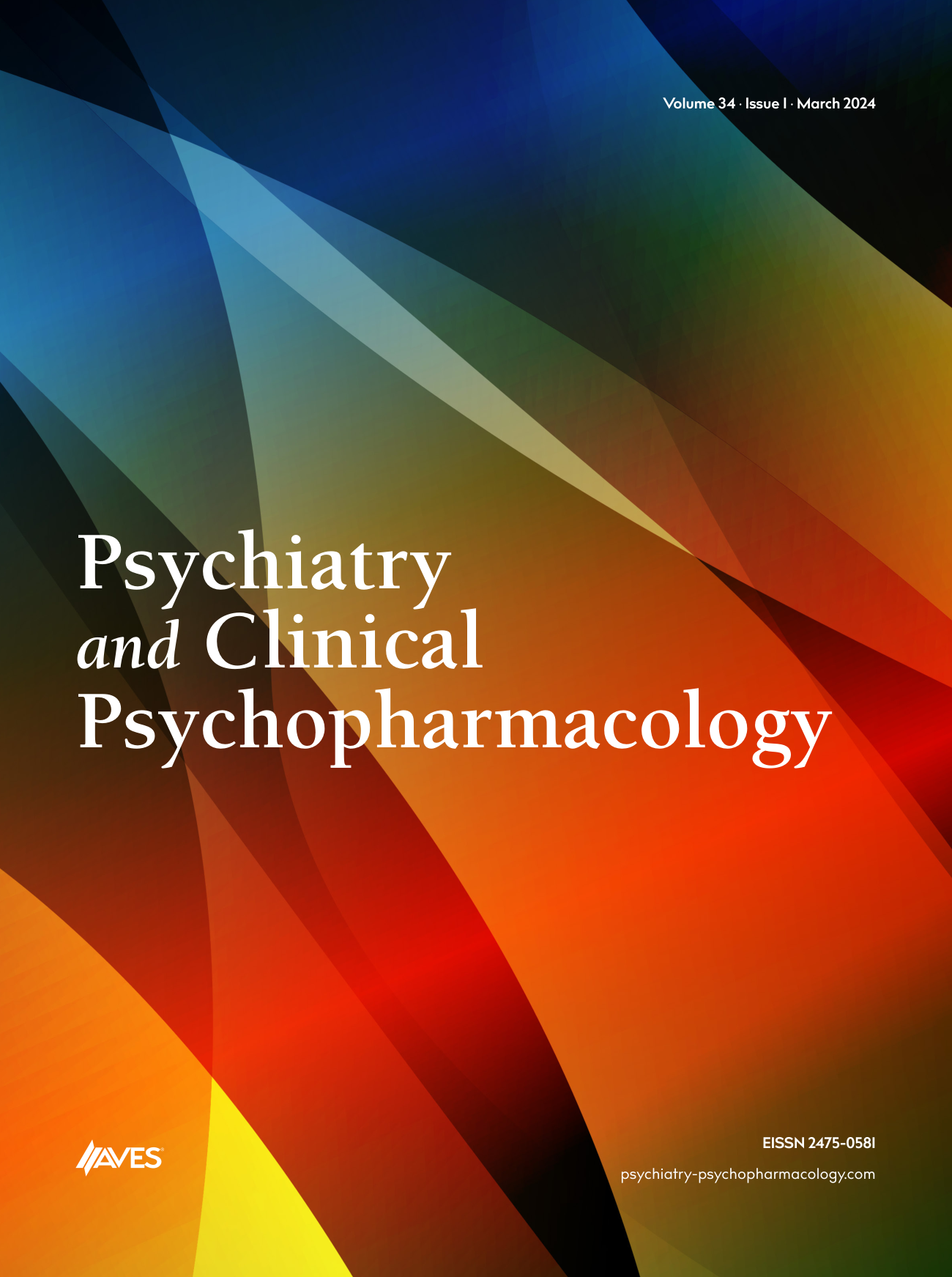Objective: In this study, we aimed to investigate the relationship of serum nitric oxide (NO) and asymmetrical dimethylarginine (ADMA) levels with cognitive function in patients with major depressive disorder.
Method: Forty-one patients diagnosed as major depressive disorder (MDD) according to DSM-IV criteria and also had at least 17 points in Beck Depression Scale were included to the study. A healthy matched group with similar age, gender, smoking habits, and education level served as control. Correlation between NO and ADMA levels and cognitive function was evaluated in both groups.
Results: Neuropsychologic test battery (Rey Verbal Learning and Memory Test, Auditory Consonant Trigram Test, Digit Span Test, Winsconsin Card Sorting Test, Continuous Performance Task (TOVA) and Stroop Test) scores were worse in patients with major depressive disorder when compared to healthy controls. There was no significant difference between patient and control groups in terms of serum NO (p=0.21) and ADMA (p=0.60). Serum NO levels were correlated with TOVA test error scores (Commission errors r=0.20, p=0.001) and Stroop test time scores (r=0.21, p=0.04), whereas serum ADMA levels were negatively correlated with TOVA test error scores (Omission errors r=-0.12, p=0.0001, Comission errors r=-0.06, p=0.04). Based on these results, patients with major depressive disorder showed deficits in cognitive functions such as learning, memory, attention, verbal şuency and executive functioning.
Conclusion: Metabolic detriments especially in relation with NO metabolism in frontal cortex and hypothalamus, psychomotor retardation or loss of motivation may explain these deficits.



